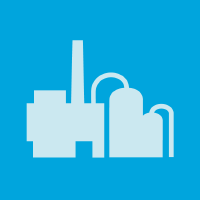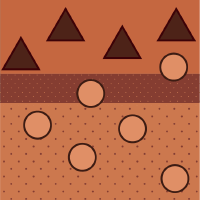Topic Menu
► Topic MenuTopic Editors

Capacitive Deionization Technology for Water Treatment
Topic Information
Dear Colleagues,
Capacitive deionization (CDI) is an emerging water purification technology, where the direct voltage applied on the electrodes enables ions or charged particles to form electric double layers (EDLs) on the surface of electrodes for the purpose of water purification. At present, capacitive deionization has been widely used in industrial, agricultural, and domestic water desalination and seawater desalination. The advantages of CDI are characterized by low energy consumption, environmental friendliness, high adsorption efficiency, and easy operation.
In addition to research on the adsorption efficiency of CDI, another fundamental research challenge, still unresolved as of today, is how to improve the adsorption selectivity of CDI—a challenge closely related to the separation, purification, and enrichment of ions in complex solutions.
Prof. Dr. Shenxu Bao
Dr. Xin Zhang
Topic Editors
Keywords
- capacitive deionization
- electric double layers
- adsorption selectivity
- desalination
- separation
- enrichment
Participating Journals
| Journal Name | Impact Factor | CiteScore | Launched Year | First Decision (median) | APC |
|---|---|---|---|---|---|

AppliedChem
|
- | - | 2021 | 18.8 Days | CHF 1000 |

ChemEngineering
|
2.8 | 4.0 | 2017 | 32.8 Days | CHF 1600 |

Energies
|
3.0 | 6.2 | 2008 | 16.8 Days | CHF 2600 |

Membranes
|
3.3 | 6.1 | 2011 | 14.9 Days | CHF 2200 |

Processes
|
2.8 | 5.1 | 2013 | 14.9 Days | CHF 2400 |

Recycling
|
4.6 | 6.8 | 2016 | 20.9 Days | CHF 1800 |

Separations
|
2.5 | 3.0 | 2014 | 15.1 Days | CHF 2600 |

Water
|
3.0 | 5.8 | 2009 | 17.5 Days | CHF 2600 |

Preprints.org is a multidisciplinary platform offering a preprint service designed to facilitate the early sharing of your research. It supports and empowers your research journey from the very beginning.
MDPI Topics is collaborating with Preprints.org and has established a direct connection between MDPI journals and the platform. Authors are encouraged to take advantage of this opportunity by posting their preprints at Preprints.org prior to publication:
- Share your research immediately: disseminate your ideas prior to publication and establish priority for your work.
- Safeguard your intellectual contribution: Protect your ideas with a time-stamped preprint that serves as proof of your research timeline.
- Boost visibility and impact: Increase the reach and influence of your research by making it accessible to a global audience.
- Gain early feedback: Receive valuable input and insights from peers before submitting to a journal.
- Ensure broad indexing: Web of Science (Preprint Citation Index), Google Scholar, Crossref, SHARE, PrePubMed, Scilit and Europe PMC.


